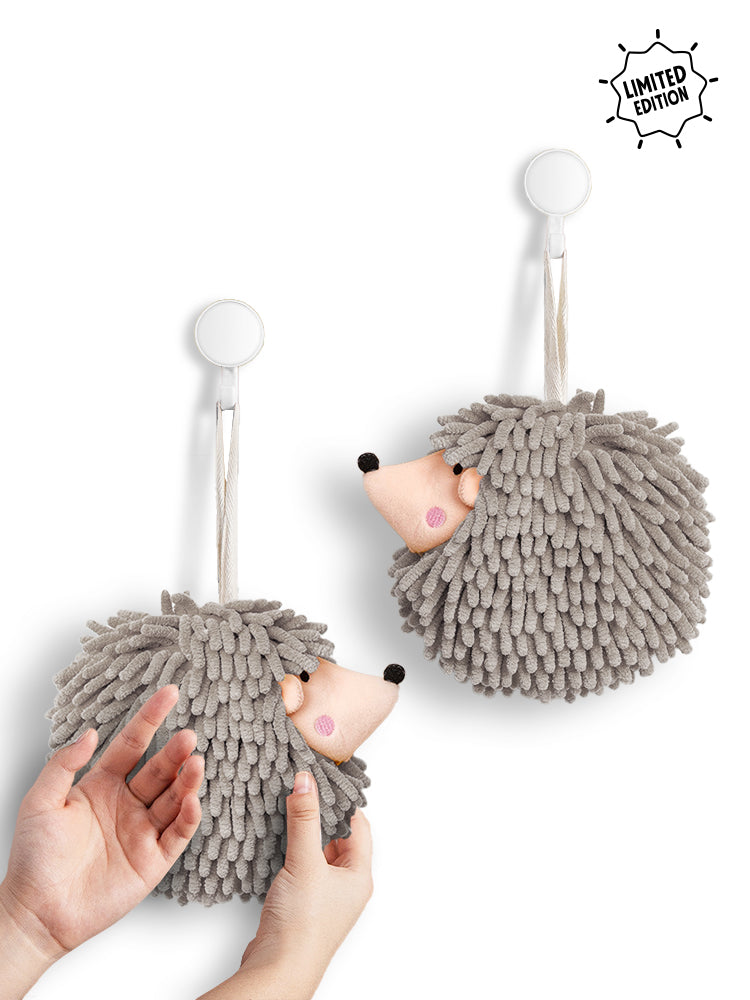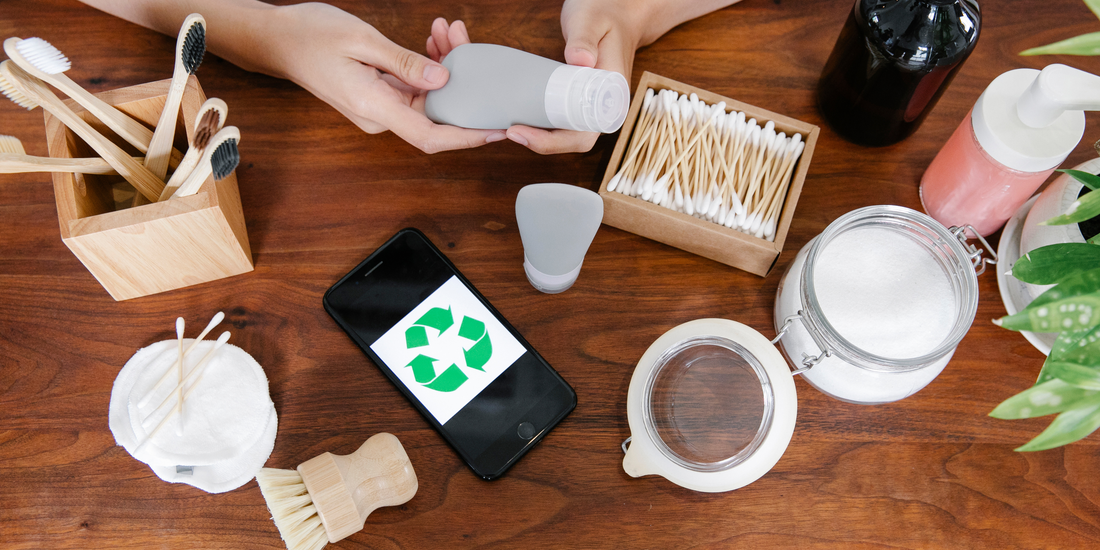
Have you come across refill stores? Bring your reusable bottles and fill them from the store’s selection of cleaning products, shampoos, conditioners, and other skin care items. While stores aren’t found in every area, refill stores are appearing in more areas.
Why use refillable household products? It lowers the amount of single-use plastic you consume. The average American uses 562 pounds of new plastic every year and disposes of about half of it. Limiting your use of single-use plastic is important.
The Dangers of Microplastics
Microplastics are the microscopic pieces of plastic that come from disintegrating plastic. Some nanoplastics are even smaller. Microplastics are found in the air, the water, and the ground.
The problem with microplastics is that they’re so small that they are not captured in filtration systems in your home or community’s water. Airborne microplastics come from abrasion from a tire on the road, brake pad compression, clothing worn outside that’s made from synthetic materials like polyester, and manufacturing.
Inside your home, you can encounter microplastics from the furniture you use every day. They can come from polyester sheets, poly-fill pillows, household cleaners, and facial products with microbeads. Microplastics are in your carpeting and throw rugs if you don’t stick to natural materials like wool.
As plastic breaks down in a river, landfill, or side of the road, microplastics are released into the soil, nearby streams, and air. From there, they make their way into fish, shellfish, crustaceans, and other items you might eat from an ocean or lake. You breathe them in. You even eat foods, especially fruits and vegetables, and drink liquids that contain microplastics.
Why is this so bad? The reality is that research is still ongoing. What is known is that scientists have found microplastics in:
- Blood
- Brain tissue
- Breast milk
- Fetal tissue
- Lung tissue
- Placentas
- Reproductive organs
The damage they can cause inside the body isn’t fully understood. However, there are concerns that microplastics within the bloodstream might start to help build blockages and clots, increasing the risk of stroke, heart attack, or dementia. In the lungs, there are concerns that the small plastic particles increase the risk of asthma or COPD.
The best way to reduce exposure to microplastics is to watch what you buy. Limit your use of single-use plastics.
Change Your Habits – Try a Refill Shop
Refill shops are growing in popularity. They’re stores where you bring containers and refill them using the selection of powders and liquids from refill stations or bulk containers.
The product selection does depend on the store, but most carry the following items:
- Body wash
- Conditioner
- Dental floss
- Dish soap
- Dishwasher powders or tablets
- Fabric softener
- Hand soap
- Laundry detergent
- Mouthwash
- Shampoo
- Skin lotion
- Sunscreen
- Toothpaste tablets (fluoride-free)
When you get to the store, weigh your container. That’s important as you will deduct the container weight from the total weight once you’ve filled the container.
Find the items you need and fill your bottles or containers. You’ll pay only for the weight of the item. If the price is 30 cents per ounce and you purchase 20 ounces, you’d pay $6. Sometimes, you purchase the items in tablets that come in biodegradable packaging. Mouthwash tablets work like mouthwash, but they’re small tablets that you dissolve in water.
Refilling Saves Money, Too
There’s an added benefit to refilling your laundry, personal care, dish, and cleaning products. You save money. Looking at Bone Fide in New Hampshire, price ranges are:
- 75 to 85 cents per ounce for shampoo
- 45 to 85 cents per ounce for conditioner
- 50 cents per ounce for body wash
- $3.50 per ounce for skin lotion
- 31 to 35 cents per ounce for dish soap
- 16 cents to 85 cents per ounce for dishwasher products
- 28 to 39 cents per ounce for laundry detergents
- 30 to 45 cents per ounce for hand soap
- 44 to 50 cents per ounce for some cleaning products
Prices do vary from one location to the next, and the options vary too. You might find yourself refilling cleaners and personal care products at different shops once you find your favorite products.
Choose a Durable Container
A recent French study found that the amount of microplastics in glass bottles was as much as 50 times higher than that in plastic bottles. Further studies found that the type of drink within a bottle determined the microplastic count. Wine and water were minimal, but beer, lemonade, and sodas had the highest counts.
Because of this study, you might want to consider the type of bottle being used for refillable household products. You’re not ingesting these cleaners and skin care products, but any microplastics that do go down the drain end up in wastewater treatment facilities, where they’re too small to be filtered. They end up in rivers, lakes, and oceans eventually.
One alternative is stainless steel. Another upscale item is stoneware or handcrafted concrete. They are more expensive options, but they’re durable and often have metal dispensers, which further reduces the reliance on plastic.
Many refill stores have containers you can purchase when you visit. You can decide what’s in your budget and best for your household. Glass can break, while stainless steel won’t, but stainless steel often costs more. Refillable plastic containers are the most affordable option.
Reusing containers that you already own is another option that keeps single-use plastic from entering the waste and recycling stream. Look for sturdy containers that already contain the item you’re filling them with. Reuse a laundry detergent bottle or rinse out and refill your shampoo and conditioner bottles.
Find Your Nearest Refill Store
Use a search engine to look for your nearest refill store. A quick search for “refill store near me” is going to return the nearest locations. You can also check with local natural food and home supply stores.
What can you do if there is no refill store near you? Don’t give up on the idea of refilling containers. Companies like Grove or The Fille Shoppe provide online ordering of kits you can use for refilling containers. You get a small pouch of concentrated liquid or a tablet that you mix with water. It’s less plastic, and you save money, especially if you sign up for a subscription service.
Recycle Correctly to Keep Plastics Out of Landfills
When you have single-use plastic items that you cannot reuse, make sure you’re recycling them properly. Food containers need to be emptied and rinsed clean. Check that your district accepts the plastic you’re trying to recycle. If they don’t, set it aside.
Source: Beegs. (2025g, July 21). Refillable Household products: reducing Single-Use plastic reliance - RecycleNation. RecycleNation. https://recyclenation.com/2025/07/refillable-household-products-reducing-single-use-plastic-reliance/


